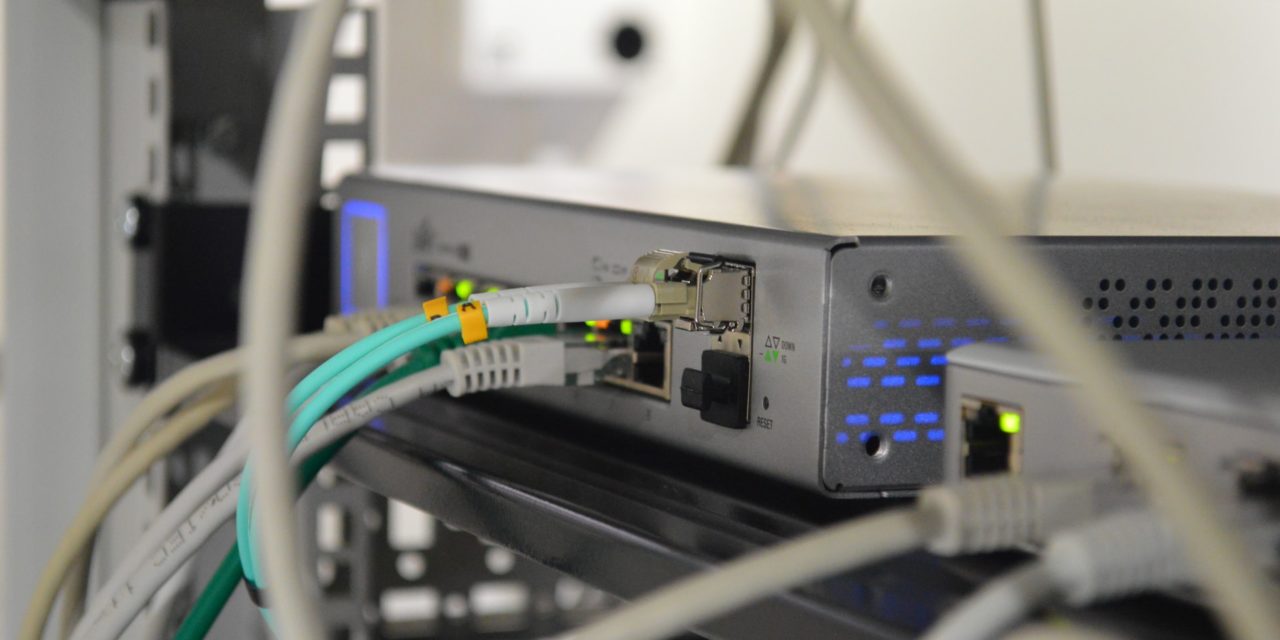[ad_1]
Hello everyone,
Wireless networking means freedom from cables and wires!! A wireless router is a network device that performs the function of directing and forwarding information and it does this using radio waves without the need for a cabled connection. How cool is that?
That's not all. A wireless router also (and more importantly in my opinion) performs the security function of a hardware firewall which blocks unauthorized access to your computer or network (while allowing of course authorized access). How cool is that?
Today I want to tell you how to set up and optimize your router so that you can wirelessly enjoy the internet and be protected at the same time. If you don't secure your system, someone with the right tools will be able to break into (“hack into”) your computer.
A) Buy a router that supports the 802.11n standard (the latest and greatest Wi-Fi certified version). 802.11n will give you faster data speed and a wider range. The brand doesn't matter much: D-Link, Belkin, Linksys are all about the same.
B) Hook up the router and go into the routers configuration page (enter your routers default IP address (such as 192.168.1.1) into your web browser.
C) Now that you are in the routers configuration page do the following five things:
1) Re-name the router (don't name it Belkin or Linksys or D-Link). Give it a personal name that means something to you and that you will remember.
2) Change the default password (usually the default password is “admin”). Many people know this and can break into your router using the default password.
3) Turn off WAN (Wide Area Network) administration. On some routers WAN administration is called Internet Administration. You don't want to cover a broad area just your personal area (room, office or building).
4) Turn on encryption (use only WPA2 encryption – it is much harder to crack – use a strong password for the WPA2 encryption (like a sentence that you will remember with numbers, capital and small letters).
5) Turn off Universal Plug and Play (UPnP). UPnP opens you up to being attacked and possibly controlled by a malicious website.
Professor Randy says: Enjoy the freedom of going wireless – but be safe! Buy a wireless router and configure it properly as mentioned above.
[ad_2]
Source by Randy Knowles

